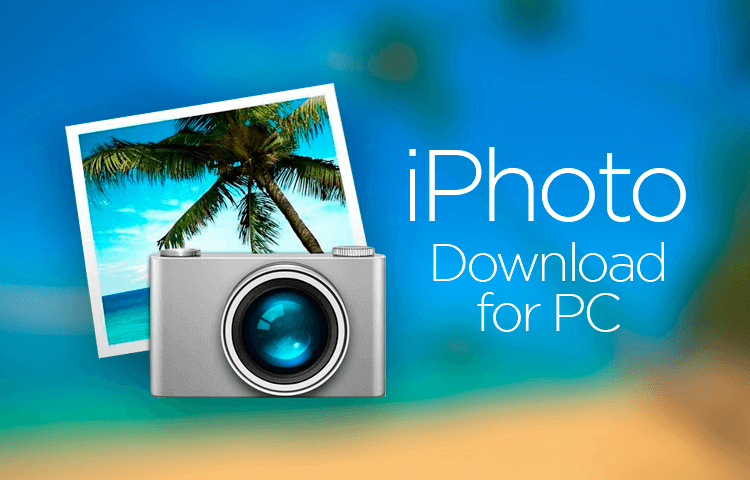

Īfter photos were imported, they could be titled, labeled, sorted and organized into groups (known as "events"). iPhoto also supported videos from cameras, but editing was limited to trimming clips. iPhoto supported most common image file formats, including several Raw image formats. Almost all digital cameras were recognized without additional software. IPhoto was designed to allow the importing of pictures from digital cameras, local storage devices such as USB flash drive, CDs, DVDs and hardrives to a user's iPhoto Library. MacOS Mojave 10.14 was the last OS to support the app, as the release of macOS Catalina 10.15 on October 7, 2019, does not support iPhoto. iPhoto and Aperture were discontinued and removed from the Mac App Store. On April 8, 2015, Apple released OS X Yosemite 10.10.3, which included the new Photos app. On FebruApple included a preview of Photos with a 10.10.3 beta. On June 27, 2014, Apple announced that they would cease development of iPhoto and work on a transition to their new Photos app. On March 7, 2012, Apple CEO Tim Cook announced an iOS-native version of iPhoto alongside the third-generation iPad. IPhoto was announced at Macworld 2002, during which Steve Jobs (then-CEO of Apple) also announced that macOS would be installed standard on new Macs from then on, and revealed new iMac and iBook models.


 0 kommentar(er)
0 kommentar(er)
